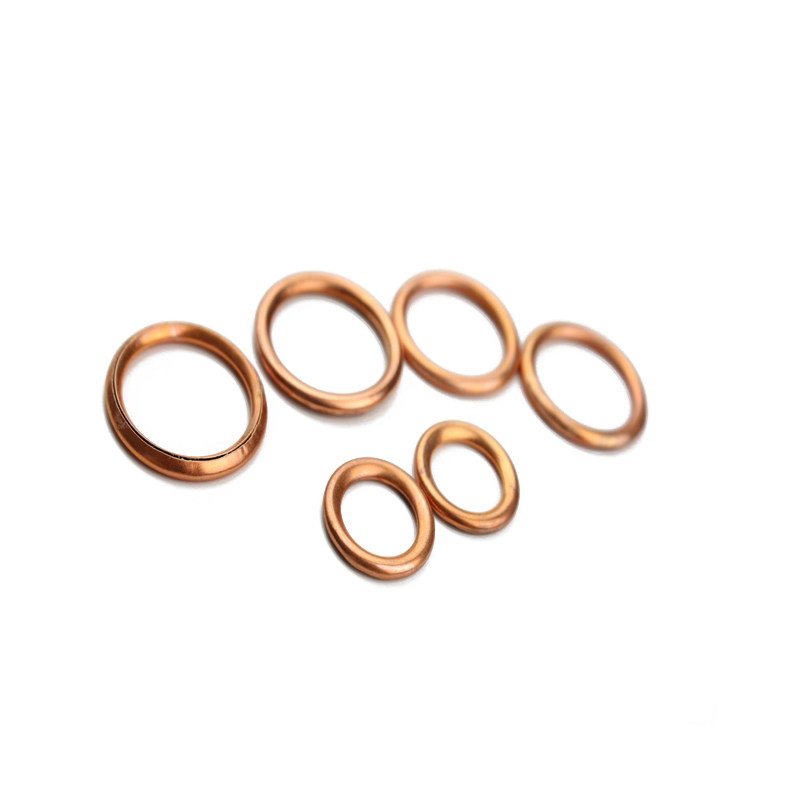Effective Drainage Solutions for Water Separator Plug Maintenance
Understanding Water Separator Drain Plugs Importance, Function, and Maintenance
Water separator drain plugs are essential components in a range of systems, particularly in industries like automotive, aviation, and mechanical engineering, where the separation of water from fuel is critical for operational efficiency and safety. The primary function of these drain plugs is to allow for the removal of accumulated water without significantly disrupting the operations of the system in which they are installed. This article will delve into the importance of water separator drain plugs, how they function, and best practices for maintenance.
The Importance of Water Separators
Water separation is vital in fuel systems, especially those involving diesel engines, where water can cause significant damage and reduce efficiency. Water does not combust and can lead to several issues, including
1. Corrosion Water presence can cause corrosion in fuel systems, degrading the integrity of various components. 2. Microbial Growth The combination of water and organic matter can foster microbial growth, leading to the formation of slime and sludge, which can clog filters and injectors.
3. Fuel Quality Degradation Water in fuel reduces the overall quality, leading to poor combustion and increased emissions.
Given these issues, water separators are designed to detect and remove water from fuel as efficiently as possible. This is where drain plugs come into play.
How Water Separator Drain Plugs Work
Water separators function by utilizing the principle of density. Water, being denser than fuel, naturally accumulates at the bottom of the separator. The design of a water separator incorporates a drain plug to allow the easy removal of this accumulated water while keeping the fuel contained.
Typically, the operational sequence involves
1. Water Accumulation As fuel flows through the separator, any water present settles at the bottom.
2. Detection Mechanism Many modern water separators are equipped with sensors that can detect the presence of water. When water reaches a certain level, an indicator alerts the operator that draining is necessary.
water separator drain plug

3. Manual or Automatic Drainage Depending on the design, the drain plug may either be manually operated or designed for automatic drainage. Manual plugs require the operator to open the valve and expel the water, while automatic systems do this without intervention.
4. Sealing and Safety The drain plug must create a tight seal to prevent fuel leaks, ensuring safety and maintaining pressure in the fuel system.
Best Practices for Maintenance
Regular maintenance of water separator drain plugs is crucial for optimal performance. Here are some best practices for maintenance
1. Regular Inspections Schedule routine inspections to check the integrity of the drain plug, identify any wear or corrosion, and ensure that it can open and close smoothly.
2. Water Removal Follow manufacturer guidelines on how frequently to remove accumulated water. This should also coincide with regular service intervals for the fuel system.
3. Seal Integrity Check the sealing mechanism of the drain plug to ensure fuel is not leaking. Any signs of leakage may indicate that the plug needs replacement.
4. Sensor Functionality If equipped, regularly test the water detection sensor. A faulty sensor may lead to excessive water accumulation and subsequent complications.
5. Professional Servicing If unsure about the inspection and maintenance process, consult with a professional. They can provide expert guidance and service.
Conclusion
Water separator drain plugs are small yet critical components that play a significant role in maintaining the efficiency and safety of fuels systems in various vehicles and machinery. By ensuring regular maintenance and attentive monitoring, operators can prevent the potentially damaging consequences of water accumulation. Understanding the function and importance of these drain plugs not only enhances performance but also extends the lifespan of the entire fuel system. As technology advances, the development of more efficient water separators and improved drainage systems will continue to evolve, leading to even greater operational efficiencies in the future.
-
The Ultimate Guide to Car Repair Kits: Tools and Essentials Every Driver Should Own
News Aug.01,2025
-
The Complete Guide to Oil Pan Gaskets: Sealing Engine Leaks the Right Way
News Aug.01,2025
-
Preventing Oil Leaks: A Complete Guide to Oil Pan Gaskets and Drain Seals
News Aug.01,2025
-
Everything You Need to Know About Oil Pan Gaskets and Drain Plug Seals
News Aug.01,2025
-
Essential for Car Owners: How to Use a Car Repair Kit to Deal with Minor Breakdown
News Aug.01,2025
-
Comprehensive Guide to Engine Oil Sump Gaskets and Related Seals
News Aug.01,2025
-
The Ultimate Guide to Boat Propeller Bearings and Trailer Wheel Bearings
News Jul.31,2025
Products categories















